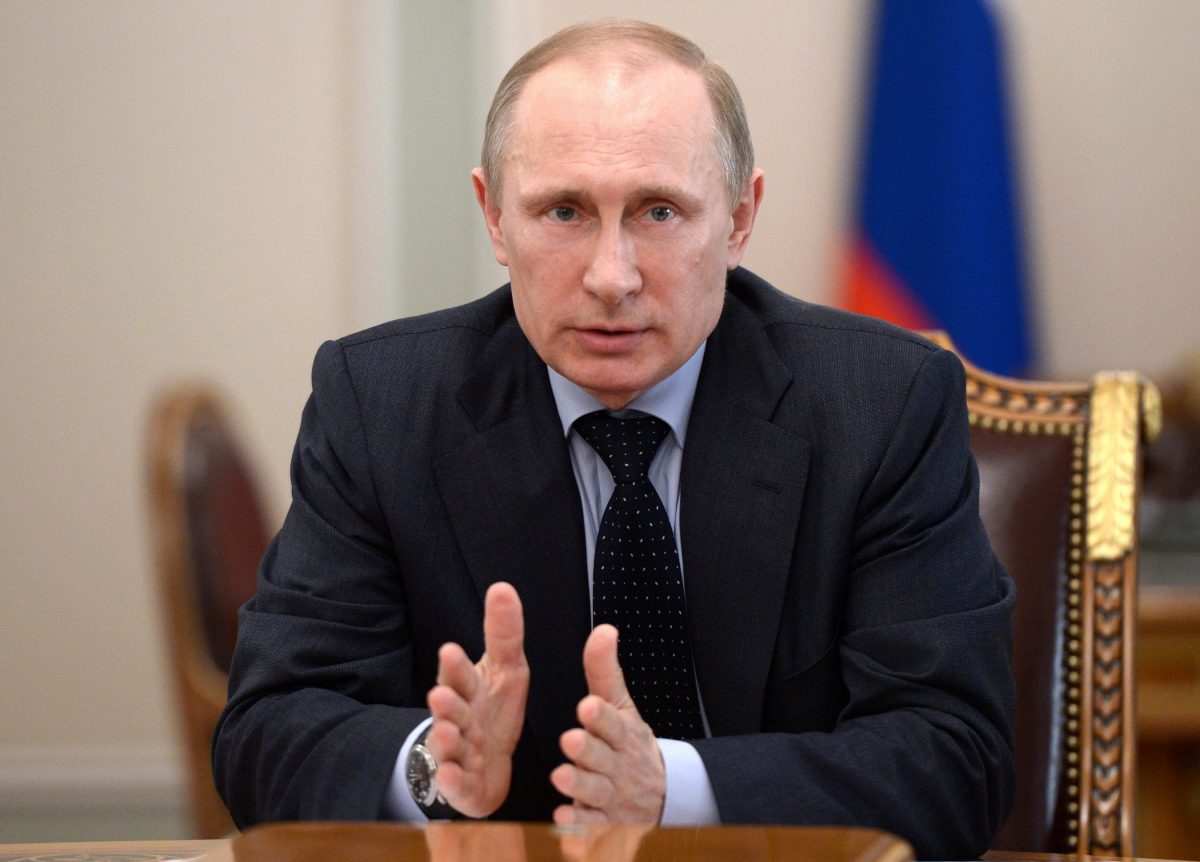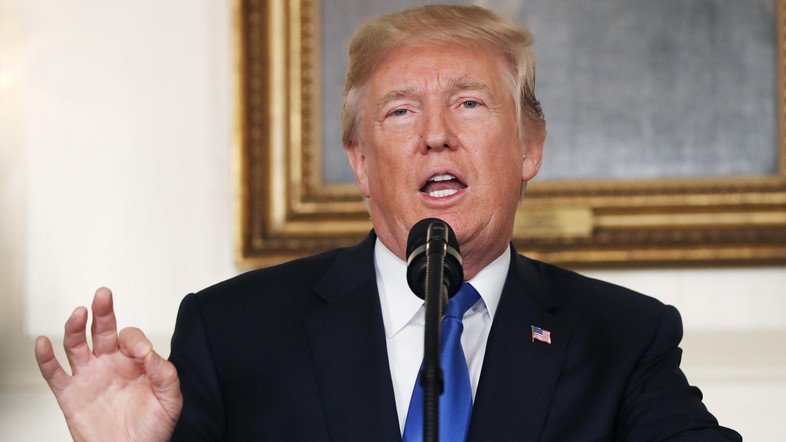
MOSCOW — Vladimir Putin’s resistance to further output cuts has pushed Russia’s accord with the OPEC cartel that controls more than half of the world’s oil production toward breakdown. Some key metrics guiding the Russian economy help explain the president’s reasoning.
“Thanks to Russia taking harsh measures earlier, Russia can now afford a lower oil price than five to six years ago,” said Dmitry Dolgin, chief economist at ING Bank in Moscow.
Five years of austerity and safeguarding assets against the threat of U.S. sanctions have left Russia in a stronger position than ever before to cope with lower oil prices. Putin’s plans to increase spending this year can go ahead regardless and a weaker ruble will only help the country’s commodity exporters, which sell their goods in dollars.
Russia resisted pressure from allies in the Organization of Petroleum Exporting Countries to make deeper production cuts at negotiations in Vienna that ended without a deal on Friday, saying it favors maintaining supply reductions at current levels until June. Saudi Arabia, the other major player in the OPEC+ talks, is pushing for a group cut of 1.5 million barrels a day.
International sanctions forced Russia to strip back foreign borrowing in recent years, while stringent fiscal policies pared domestic spending to a minimum. The result is that Russia now boasts the fourth-biggest international reserves in the world, and some of the lowest debt levels. Putin’s new government still has plenty of room to start increasing spending this year even if oil prices drop closer toward $40 a barrel.
OPEC daily basket oil price closes at $34.71 per barrel
Gone are the days when Russia needed oil prices of over $100 a barrel to balance its budget. A combination of spending cuts and revenue increases pursued since the 2015 oil price crash has pushed the break-even point for the budget down to $51 a barrel. Though oil prices breached that level earlier this month, the Finance Ministry can afford to take in a bit less given that the budget ran a surplus in the last two years.
Compared to other oil-exporting nations, Russia is in very good shape to cope with lower prices. Saudi Arabia, for instance, balances its budget at oil prices roughly double the level that Russia can cope with.
The ruble is down close to 10% so far this year, compared with a nearly 30% plunge for Brent crude, implying that the Russian currency is still overvalued. In the past the Kremlin has been content to keep the currency weak to boost revenues of commodity exporters, the driving force of the economy. Bloomberg Economics’s Scott Johnson warns though that a blow to the ruble could “undermine domestic demand just when more external shocks are on the way.”
Follow us on twitter
*Natasha Doff & Anya Andrianova – Bloomberg



